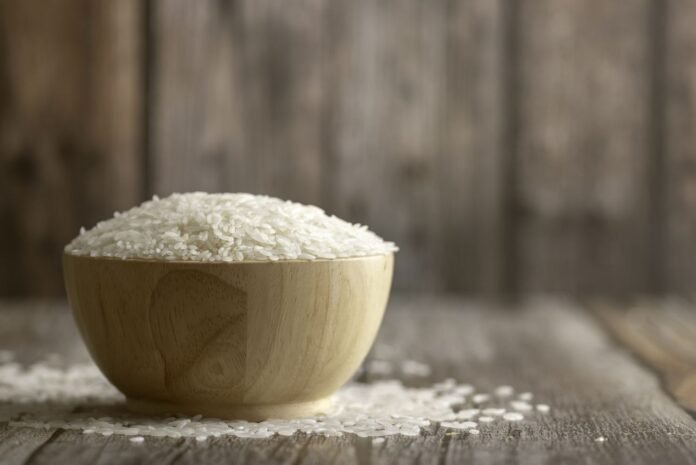In the ongoing quest for healthier eating habits, questions about the impact of food preparation on nutritional content often arise. One such query pertains to the practice of soaking rice before cooking and its potential effects on blood sugar levels. To shed light on this topic, we consulted an expert in nutrition.
According to the expert, soaking rice before cooking can indeed influence its glycemic index (GI) and, subsequently, its impact on blood sugar levels. The glycemic index is a measure of how quickly carbohydrates in food raise blood sugar levels. Foods with a lower glycemic index are digested more slowly, leading to a gradual increase in blood sugar levels rather than a sudden spike.
Soaking rice before cooking is believed to help reduce its glycemic index by allowing some of the starch to leach out into the soaking water. This process can make the rice less prone to causing rapid fluctuations in blood sugar levels after consumption. However, the extent to which soaking affects the glycemic index may vary depending on factors such as the type of rice and the duration of soaking.
While soaking rice may offer some benefits in terms of glycemic control, it is important to note that the overall impact on blood sugar levels will also be influenced by other factors, such as portion size and accompanying foods. Additionally, individuals with diabetes or those seeking to manage their blood sugar levels should approach dietary decisions holistically and consider the overall composition of their meals.
To delve deeper into the topic of soaking rice before cooking and its potential impact on blood sugar levels, it’s essential to understand the science behind the glycemic index and how various cooking methods can affect it.
The glycemic index (GI) categorizes foods based on how quickly they raise blood sugar levels after consumption. Foods with a high GI are rapidly digested and absorbed, leading to a sharp increase in blood sugar levels, while those with a low GI are digested more slowly, resulting in a more gradual rise in blood sugar. For individuals looking to manage their blood sugar levels, choosing foods with a lower GI is often recommended as part of a balanced diet.
When it comes to rice, the GI can vary depending on factors such as the variety of rice and the cooking method used. White rice, for example, typically has a higher GI compared to brown or parboiled rice due to differences in processing. However, soaking rice before cooking has been proposed as a method to reduce its GI by allowing some of the starch to be leached out into the soaking water.
The process of soaking rice involves submerging it in water for a period of time before cooking. During this time, some of the water-soluble carbohydrates in the rice grains may dissolve into the soaking water, resulting in a reduction in overall starch content. As a result, the cooked rice may have a lower GI compared to rice that has not been soaked.
Research on the effects of soaking rice on its glycemic index is still limited, and the results are mixed. Some studies have found that soaking rice can lead to a modest reduction in its GI, while others have reported minimal or no effect. Additionally, the duration of soaking may also play a role, with longer soaking times potentially leading to greater reductions in GI.
Despite the potential benefits of soaking rice before cooking, it’s important to consider other factors that can influence blood sugar levels, such as portion sizes and meal composition. Pairing rice with sources of protein, fiber, and healthy fats can help further slow down the digestion and absorption of carbohydrates, resulting in more stable blood sugar levels.

